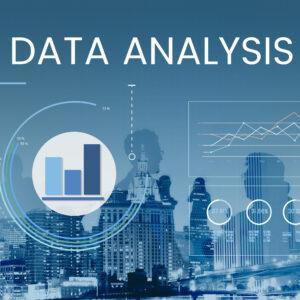Rapid industry growth in the web and mobile development industries has increased industry competition. To put the most important apps on the market, businesses are competing with one another. Although there are many different technological full stack development available, picking the ideal stack for creating web apps is a constant source of debate.
For app developers, it could be challenging to produce apps that can provide a seamless user experience to the client while still giving enticing application features. In this scenario, the stack is essential. Choosing the right stack can significantly impact a company’s future by enabling the creation of a great application, which will then increase user and revenue.
Full Stack Vs MEAN Stack Development
Full Stack Development: What Is It?
A “full stack” is the ability to build both the front-end and the back-end of an application. Full Stack is an amorphous term that does not explicitly refer to software or technological advancement. Full stack development is the process of creating integrated (client- and server-side) web applications.
A full-stack developer is also an IT professional with training and expertise in both client-side and server-side software development. These programmers excel at handling tasks involving massive datasets. They work with the clients early on in the project, in addition to designing user-facing web apps.
The advantages of full stack development are listed below:
Easily Assume Responsibility
A seasoned Full Stack development business may oversee the entire website design and development process. An agency that develops websites may work more productively on a project with its Full Stack development team because all of the solutions are in-house.
Pretty Affordable
One of the most important considerations in a firm’s decision to employ a full-stack development company is cost. If you are producing a minimum viable product, full-stack developers may work on every area of your project (MVP).
MEAN Stack Development: What is it?
The MEAN stack is a collection of JavaScript-based tools that makes it easier to create online applications and flexible mobile apps. It might be regarded as a full-fledged JavaScript framework, in other words.
As previously mentioned, the MEAN Stack combines open-source frameworks like AngularJS, MongoDB, ExpressJS, and NodeJS to make it easy to create mobile apps and websites. Moreover, it is an open-source stack created for programmers to quickly and efficiently develop web apps with MEAN.
MEAN Stack Development’s benefits
Needs Only One Language
The only programming language utilised in the creation of the MEAN stack is JavaScript. In other words, every technology in this stack is built on top of JavaScript. Web application development is substantially facilitated by JavaScript developers.
Swiftness
The creation of the MEAN stack is quick and reusable thanks to Node.js’ non-blocking nature. Testability, reusability, and maintenance are also provided by the free JavaScript framework Angular JS.
Support for the Cloud
Throughout the development phase, the MEAN stack uses libraries and open repositories. Moreover, using this method lowers overall development expenses. Also, to reduce the cost of disc space, MongoDB makes use of cloud functionalities in the app.
Conclusion
There will always be disagreements between full stack development and MEAN-stack development. Consequently, the conclusion is that using a client- and server-side programming language strengthens engineers’ ability to use a variety of languages.
The distinction between a full stack and a medium stack is not great. When compared to developers who utilise a full stack, MEAN stack developers frequently stick to a single language or framework, which limits their ability to be as versatile.
Want to broaden the scope of your company’s operations with reliable MEAN stack development solutions? Contact the best web development firm to discuss your project and receive the best results and quote.










